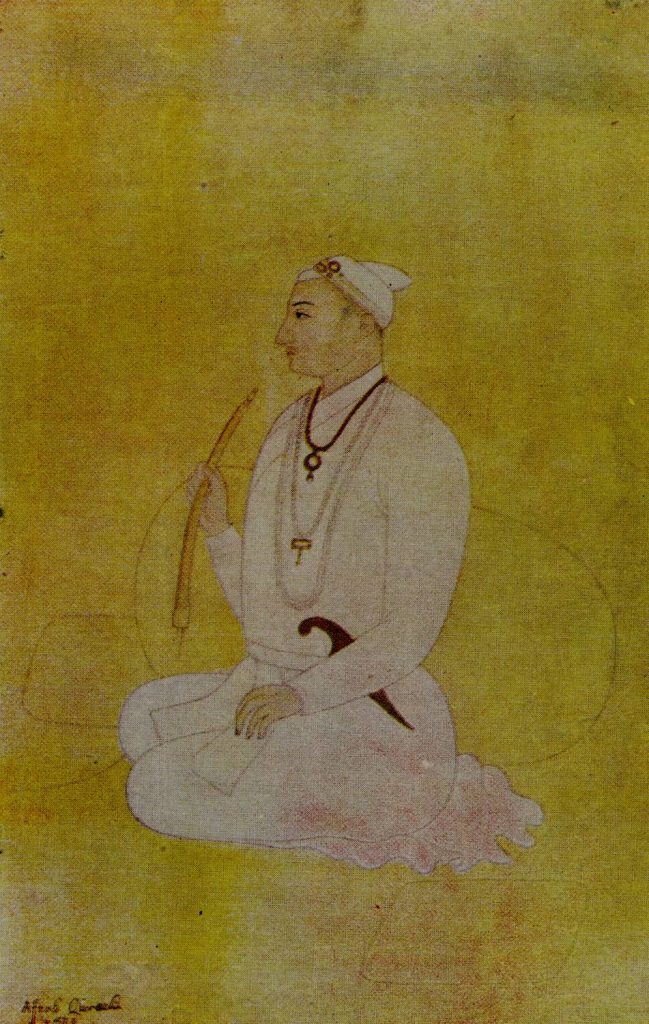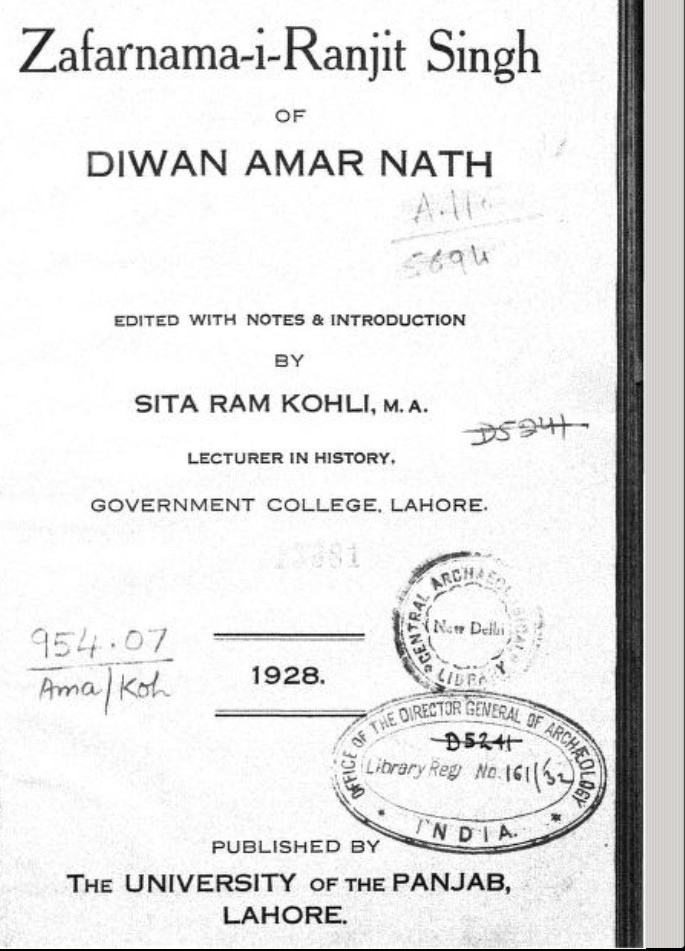DABISTANIMAZAHIB, a seventeenth century work in Persian, is a unique study of different religious creeds and systems, including early Sikhism. It first attracted wide notice when it was translated into English by David Shea and Anthony Troyer and was published by Oriental Translation Fund of Great Britain and Ireland, London, in 1843. The section on Nanakpanthis, i.e. Sikhs, was first translated into English by Sardar Umrao Singh Majithia, and into English and Punjabi by Dr Ganda Singh.
Explore the Khalsa Dharam Shastar, a key Sikh text outlining rituals & practices. Delve into Sikh beliefs, ceremonial customs, & historic interpretations.
Explore the Zafarnamah, an unpublished 1748-49 manuscript detailing Ahmad Shah Durrani's invasions of India and Mu'in ul-Mulk's valiant leadership.
Dard, Hira Singh, an eminent story writer, wrote with a reformatory attitude. He indirectly preached certain reforms keeping in view the realistic side of life. His story \'Rakhri\'1 is of this nature. The character, of the quarrelsome, rude and unlettered Rukmani—the heroine—making her home a hell and over hen-pecked nature of Daroga Prem Nath—the hero—are god realistic i portrayals but at the same time there is a implied suggestion of needed reform in both of them. His famous story \'Pir Gahlur Shah\' is a fine satire on the religious but blind faith of those people who, being uneducated, repose full faith in the hypocritical preachers.
Explore KHURSHUID KHALSA, the 1885 Urdu book that delves into Sikh history. Discover the controversies it sparked among Amritsar and Lahore factions.
Explore Ranjit Singh's reign through Diwan Amar Nath's firsthand Persian account, detailing events from 1800-1837. Discover historical insights now!
FATUHAT NAMAH-I-SAMADI, an unpublished Persian manuscript preserved in the British Library, London, under No. Or. 1870, is an account of the victories of `Abd us-Samad Khan. Nawab Saifud Daulah `Abd usSamad Khan Bahadur Diler Jang was appointed governor of the Punjab by the Mughal Emperor Farrukh-SIyar on 22 February 1713, with the specific object of suppressing the Sikhs who had risen under Banda Singh commissioned by Guru Gobind Singh himself, shortly before his death, to chastise the tyrannical rulers of Punjab and Sirhind.
Discover Nanak Prakash, the Bengali biography by Bhai Mahendranath Bose, portraying Guru Nanak's life and teachings with harmony at its core.
Explore Saundha Singh's Gurbansavau, a poetic chronology of the Sikh Gurus, blending history and literature in Hindi-Punjabi verse.
Explore 'Nanak Vijai,' Sant Ren's verse-driven biography of Guru Nanak, detailing travels and spiritual triumphs across India. Discover a timeless narrative.




